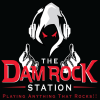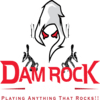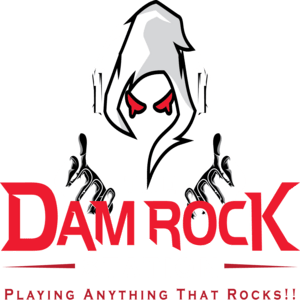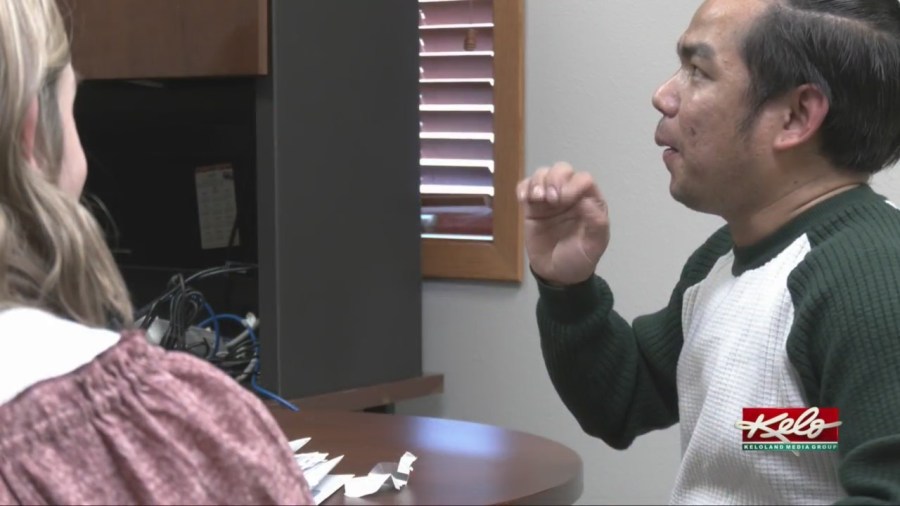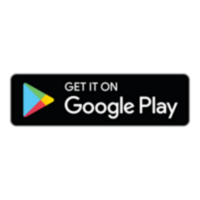SIOUX FALLS, S.D. (KELO) — For people who are deaf or hard of hearing, it may be difficult to know where to find resources that can help.
Bir Gurung was just 14 years old when he came to America.
“I didn’t know American Sign Language when I moved here, and I didn’t know how my language in Nepali sign language would translate as well as English,” Deaf, Bir Gurung said.
It wasn’t until he found SD DROP that his life changed, and he was able to learn American Sign Language, also known as ASL.
“I thought it was crucial to do that if you’re going to be in America. I didn’t want this communication breakdown that I’ve experienced for so long. And so I wanted to make sure that I knew what was going on. And now that I know the language, that’s crucial and I got that through them,” Gurung said.
South Dakota Deaf Resources and Outreach Programs, also known as SD DROP, used to be known as Communication Service for the Deaf.
Mitchell Baseball Association releases statement
“We serve deaf and hard of hearing individuals from birth, wherever. It’s primarily like social work, independent living, peer support. We work in groups or one on one. We work under the state’s Department of Human Services. We’re funded through them. And then we run the programs for them, primarily the communication assistance,” co-director of SD DROP, Lance Sigdestad said.
“We have deaf mentoring where we’ll bring in a mentor to help teach a family sign language. They have a new baby who has been diagnosed as deaf. And so we can come in and start teaching that family right away so that they can start reading stories to their baby in sign. So it’s all through the life span,” co-director of SD DROP, Katie Peterson said.
SD DROP helps people like Gurung in a variety of different ways.
“Our communication assistance program provides anything from maybe a deaf person will come in with a letter they don’t quite understand all the jargon of, and so we can just sort of explain that or advocacy we call in and help them get an interpreter for an appointment. It can really be so many different things,” Peterson said.
The nonprofit’s work reaches beyond just the deaf community.
“We also do work with individuals who have really any communication barrier and the good example, people with Down’s syndrome or speech delays, it’s just a way for them to learn, sign and open up more opportunities for communication,” Sigdestad said.
“We work with people who are hard of hearing and just have maybe don’t hear as well as they’d like to on the telephone. So we may not be talking about sign language for them, but giving them tools like the idea that you can pull out your phone and open an app and it will caption everything that somebody’s saying or over the phone,” Peterson said.
Helping people in the deaf community have access to resources that weren’t always there.
“I have the knowledge to share with them and be ready to empower that next generation. So that’s because I had that experience of not having it. I want to make sure that the next generation has that. So that’s what drives me to do what I do,” Sigdestad said.
“It’s a necessity to help me learn and now they’ve helped me find a job. They’ve helped me be able to go and get a car and learn how to drive and become a citizen, which that is something that’s very important to me,” Gurung said.
Click here to learn more about SD DROP’s resources and how they can help you.
